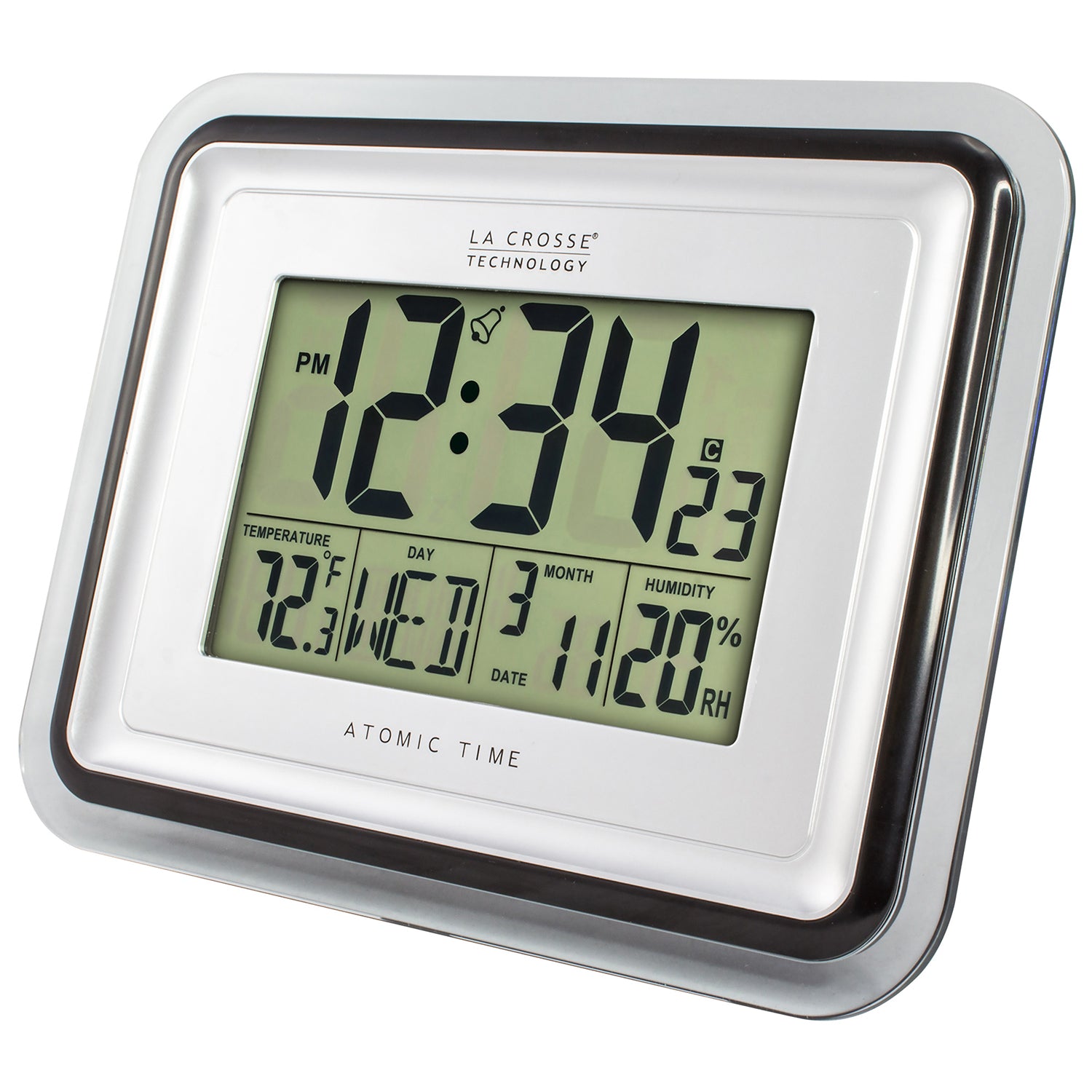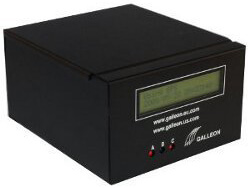

From its start on midnight between January 5th and 6th of 1980, GPS time has been a continuous count of the seconds since that date.Īs shown in Table 1, when GPS time was initiated in 1980, UTC and GPS time were the same, growing further apart as leap seconds accumulated through the years. Satellites have no need for a "leap" second or other corrections. GPS time, by comparison, does not need to reflect the Earth's movements. Our calendars have regularly scheduled "leap years" and occasionally a " leap second" is inserted (the last one in December 2016). We are all familiar with the corrections needed for the Earth's revolutions.

UTC must account for the Earth's passage through the seasons and years. "GPS time" differs from Earth-based time systems like Coordinated Universal Time (UTC). GPS as we know it could not exist without the atomic clock. Space-based timing led to a new generation of GPS, with high precision atomic clocks placed on each satellite. In 1964, Roger Easton realized that by putting a clock on satellites (first launched in the late 1950s) a single source could transmit time to both transmitter and receiver. This required a precision timescale to measure and synchronize the transmitted and received signals. Satellite tracking systems transmitted a continuous wave from a ground-based transmitter and detected echoes from passing satellites. The Minitrack system, as it was called, compared different angles of incoming radio signals at paired antennas. The first global positioning system developed by Guier and Weiffenbach was based on the Doppler shift, determining position based on the frequency changes of the satellite's broadcast signals. The US Navy traditionally used navigation angles in reference to the stars. Position location and satellite tracking systems did not always rely on the precise timing of the atomic clocks. GPS time is used to synchronize wireless communications and timestamp financial transactions it's used by digital broadcasters, Doppler radars, and many scheduling apps. In addition to positioning data, GPS atomic clocks are so precise that GPS has become the time standard for many applications. Multiplied by the speed of light, c, the distance from the receiver to the satellite is determined. That delay becomes the travel time from the satellite. The GPS receiver finds a signal, syncs to it, and then uses its own oscillator to determine the delay in reception.
#Utc clock atomic software#
GPS receivers with specialized software and mapping applications determine distances used to triangulate the receiver location.

The US Global Positioning System (GPS) provides position, navigation, and timing (PNT) signals that broadcast 3D positions (longitude, latitude, altitude) and time for each satellite. This article looks at the importance of timing for GPS and the clocks that provide it. GPS as we know it requires the precision of atomic clocks.


 0 kommentar(er)
0 kommentar(er)
